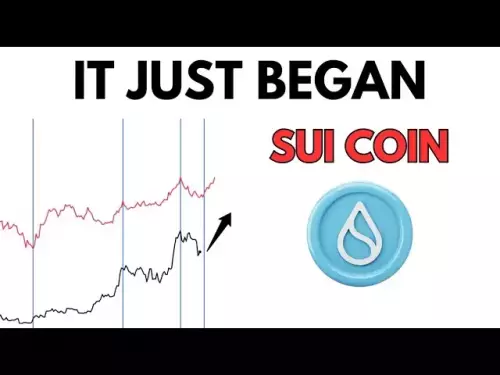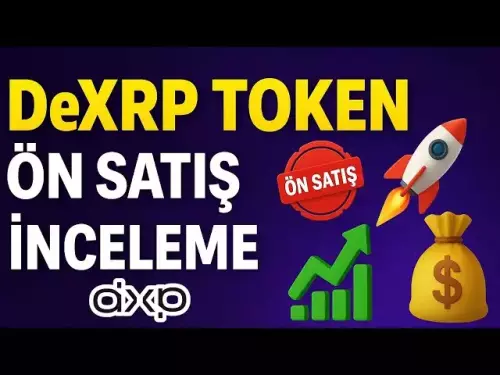 |
|
 |
|
 |
|
 |
|
 |
|
 |
|
 |
|
 |
|
 |
|
 |
|
 |
|
 |
|
 |
|
 |
|
 |
|
Cryptocurrency News Articles
Stablecoins, Ethereum L2s, and Layer 1s: Navigating the Future of On-Chain Finance
Sep 19, 2025 at 09:53 pm
Exploring the evolving landscape of stablecoins, their integration with Ethereum Layer 2 solutions, and the role of Layer 1 blockchains in shaping the future of decentralized finance.

The world of on-chain finance is rapidly evolving, with stablecoins, Ethereum Layer 2 solutions (L2s), and Layer 1 (L1) blockchains all vying for prominence. Let's dive into the latest trends and insights shaping this dynamic space.
Stablecoins: The Bedrock of On-Chain Payments
Stablecoins have emerged as a crucial component of the crypto ecosystem, facilitating trillions in global payments. Think of them as the digital dollar, euro, or yen. As the Bank of Canada rightly pointed out, for stablecoins to truly scale, they need to be "as safe and stable as the balance in your bank account." The appeal is clear: they offer a less volatile alternative to cryptocurrencies like Bitcoin, making them ideal for everyday transactions and remittances.
Consider this: traditional remittance services like Western Union can eat up 5-10% of micro-remittance amounts. Stablecoins? We're talking less than 1%, primarily network fees. That's a game-changer for immigrant communities sending money home.
Ethereum L2s: Scaling Solutions and the Quest for Decentralization
Ethereum L2s offer a path to increased scalability and efficiency. The big question is, can they achieve true decentralization? We need to consider the trade-offs of sequencers and whether paying gas in dollars becomes the norm. The rise of protocol-native stables could further complicate the picture.
Layer 1s: The Foundation and the Competition
While Ethereum continues to be a dominant force, other L1 blockchains are emerging. Movement Network, for example, is transitioning to an L1 architecture, touting increased performance and stability. The move (pun intended!) aims to unlock the full potential of the MoveVM. This transition highlights a critical point: L1s are constantly evolving to meet the demands of a growing ecosystem.
The Canadian Perspective: Innovation and Regulation
Canada's approach to stablecoins is particularly interesting. While lacking federal regulation, there's a growing recognition of the need for innovation to maintain competitiveness. As one expert noted, Canadian firms risk missing out on the global pie if they can't experiment within their local ecosystems. The key? Seamless integration with domestic payment systems, strong local utility, global interoperability, and, of course, regulatory clarity.
Neutrality, Finality, and Fragmentation: Key Considerations
The debate continues: should payment chains be alt L1s or Ethereum L2s? Neutrality and finality are paramount for real-world transactions. Fragmentation could make or break on-chain dollars. Stripe's Tempo and its permissioned start is one path, but it remains to be seen if L2s can achieve true decentralization.
Looking Ahead: A Sovereign Digital Future?
With blockchains like Ethereum and Solana enabling real-time global trade, the future may see sovereign nations issuing their own digital currencies. The possibilities are endless, and the competition is fierce.
Final Thoughts
The interplay between stablecoins, Ethereum L2s, and Layer 1 blockchains is a fascinating saga. As technology evolves and regulations take shape, one thing is clear: the future of finance is being written on the blockchain. Buckle up, it's going to be a wild ride!
Disclaimer:info@kdj.com
The information provided is not trading advice. kdj.com does not assume any responsibility for any investments made based on the information provided in this article. Cryptocurrencies are highly volatile and it is highly recommended that you invest with caution after thorough research!
If you believe that the content used on this website infringes your copyright, please contact us immediately (info@kdj.com) and we will delete it promptly.






























































